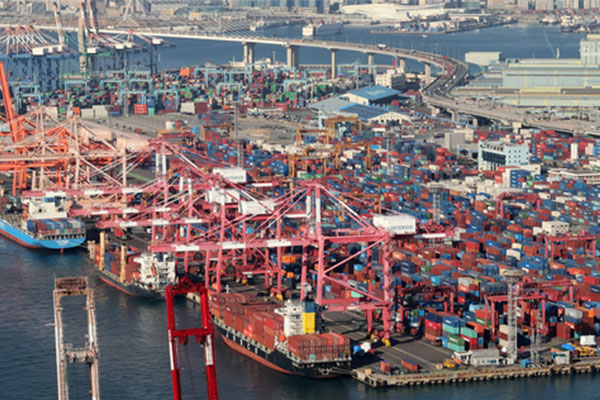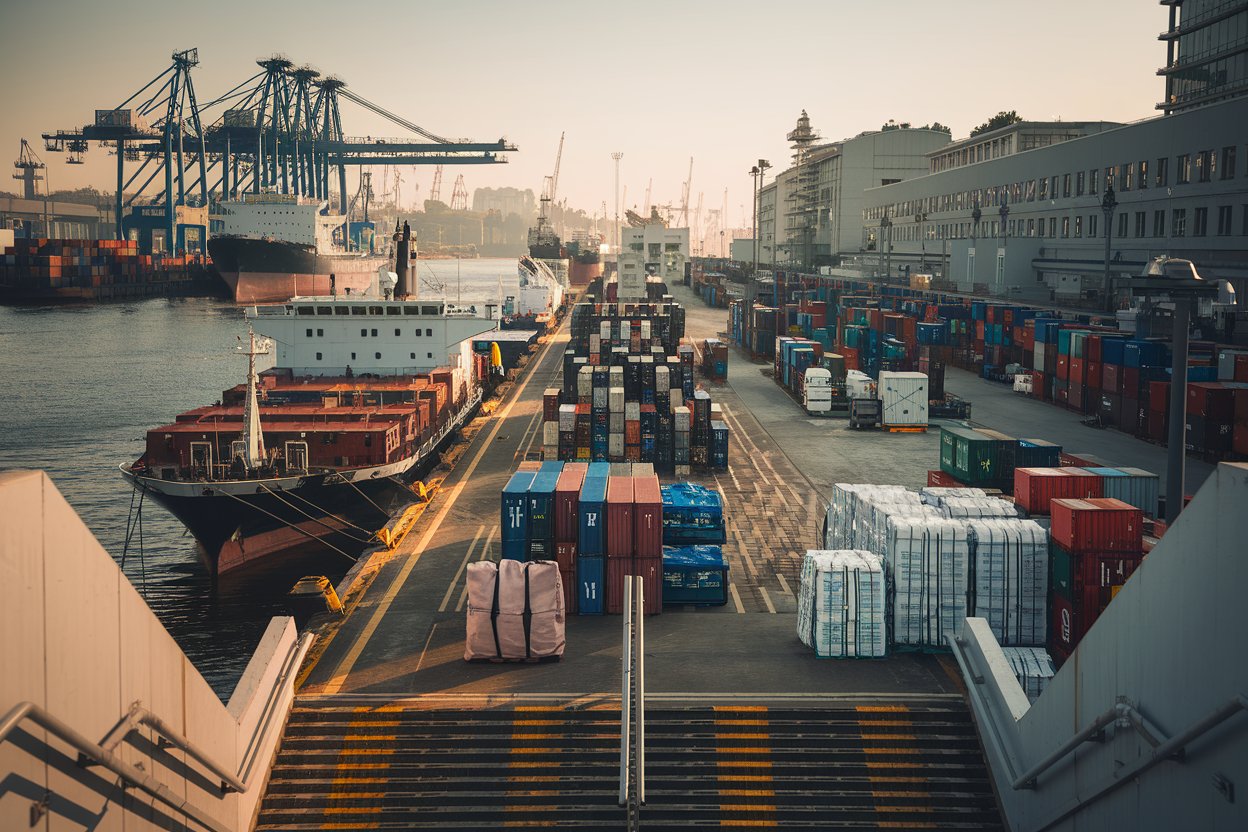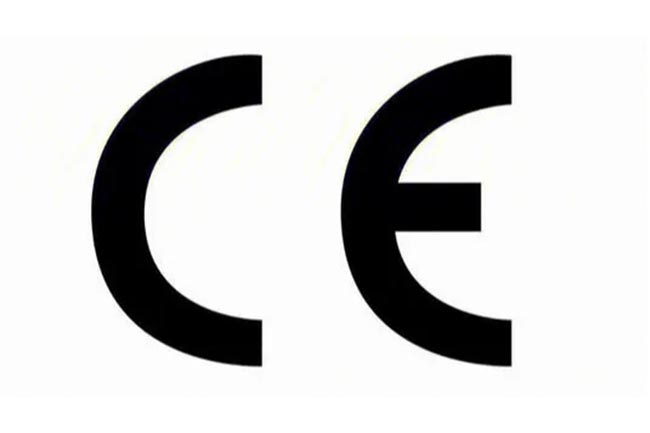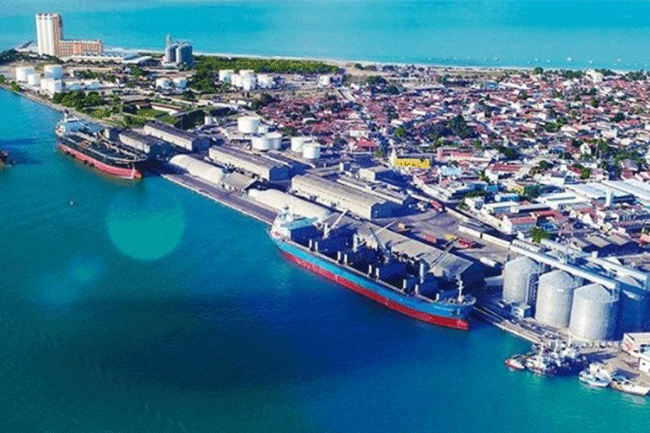- Shanghai Zhongshen International Trade Co., Ltd. - Two decades of trade agency expertise.
- Service Hotline: 139 1787 2118
In theforeign tradeIn the industry, people often ask:What is a reasonable level for foreign - trade profits usually? As a professional with over a decade of experience in the foreign trade service industry, the foreign trade businesses I have handled, my colleagues have dealt with, and those of peers and clients that I am aware of, have a transaction volume of about $300 million to $5 billion (mainly concentrated in bulk goods handled by grassroots foreign trade workers). Today, lets talk about the foreign trade profits in different industries and some of the realities behind these profits.
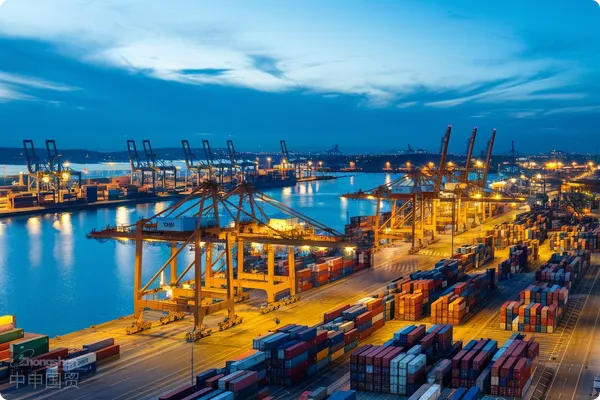
Several Categories of Foreign Trade Profits
In the field of foreign trade, profit margins vary according to industry characteristics and product types, and can generally be divided into the following categories:
Labor - intensive industries (such as clothing, textiles, hardware, etc.)
- Net profit range: Usually 3% - 10%.
- Profit analysis: The production process of these products mainly relies on labor, belonging to labor - intensive industries. The production technical threshold is low, and the market competition is fierce, resulting in relatively low overall profits. It is very rare to achieve a net profit of 15%, which means that the enterprise has not only controlled costs but also gained a certain advantage in the price war.
Products with certain processing thresholds and technical requirements (such as chemicals, building materials, ordinary mechanical products, etc.)
- Net profit range: Usually 10% - 30%.
- Profit analysis: These products are characterized by certain technical thresholds or processing requirements in the production process. For example, the production of chemicals requires certain chemical processes, building materials products need to meet specific standards, and mechanical products also need to meet customer requirements in terms of processing accuracy and performance. Therefore, compared with labor - intensive industries, the profit margins of these products are usually higher, reaching 10% - 30%.
High - end customized and high - technical - threshold products (such as large - scale production equipment, complete production lines, special construction machinery, etc.)
- Net profit range: Usually greater than 30%.
- Profit analysis: Due to the high technical threshold of these products, and they may involve additional services such as after - sales maintenance, technical debugging and installation, their profit margins are usually high, reaching over 30%. For these products, customers are highly dependent on technology, and the added value of the products is also high. Therefore, there is a large pricing space, and enterprises have more opportunities to obtain high profits.
Special Cases in Foreign Trade
In foreign trade, we sometimes also see some very special cases, such as:
- High profits of small sample orders: Sometimes, some small - batch sample orders (for example, orders of a few thousand dollars) may have very high profit margins, even several times. Because sample orders are often used by customers to verify product quality and supplier capabilities, customers are less sensitive to prices, and suppliers also regard sample orders as an opportunity to obtain large orders, so the profit margins are relatively high.
- Reduction of exchange cost: In some cases, some foreign trade enterprises can push the exchange cost below 1. This usually occurs when the exchange rate fluctuates greatly and the enterprise seizes the exchange opportunity very accurately, thus reducing the overall exchange cost and increasing the profit space.
Realistic Challenges within the Industry
Although from the perspective of profit margins, foreign trade profits in different industries vary, in actual operations, foreign trade enterprises face many challenges:
- Fierce market competition: Especially in labor - intensive industries, the competition among peers is extremely fierce. Price wars often lead to a continuous compression of profit margins. Enterprises need to maintain reasonable profits by means of improving efficiency and reducing costs.
- Impact of exchange rate fluctuations: Foreign trade business involves cross - border transactions, and exchange rate fluctuations have a great impact on profits. If an enterprise does not manage exchange rate risks well, sharp exchange rate fluctuations may directly erode the original profits.
- Trade barriers and policy changes: The import policies and trade barriers of different countries also affect the profits of foreign trade businesses. For example, increases in tariffs, new compliance requirements, etc., will increase the cost of exported products and thus affect the profit margin.
- Customer payment risks: In foreign trade, customer payment risks are also one of the important factors affecting profits. If customers delay payment or even do not pay, the enterprises cash flow will be affected, increasing financial costs and reducing the profit space.
How to Increase Foreign Trade Profits?
Control costs: By optimizing the supply chain, improving production efficiency, and reducing transportation and warehousing costs, enterprises can effectively reduce costs and thus increase the profit space.
Increase product added value: By improving product quality, providing technical support and after - sales service, etc., the added value of products can be increased, customer stickiness can be enhanced, and a higher profit margin can be obtained.
Avoid pure price wars: In a highly competitive market, pure price wars will reduce profits. Foreign trade enterprises should focus on product differentiation, for example, by innovative design, improving product quality, etc., to distinguish themselves from competitors and maintain reasonable profits.
Manage exchange rate risks: Enterprises can sign forward foreign exchange contracts with banks to lock in future exchange rates and reduce the risks brought by exchange rate fluctuations.
Summary
The profit margins of the foreign trade industry vary according to product types and industry characteristics. Usually, labor - intensive industries have lower profits, products with certain processing thresholds have medium - level profits, and high - end customized and high - technical - threshold products have higher profits. Although the foreign trade industry faces many challenges, through effective cost control, increasing product added value, avoiding price wars, and managing exchange rate risks, enterprises can still obtain substantial profits in the fierce market competition.
I hope this article can help you who are on the journey of foreign trade, understand different types of foreign trade profits, and find ways to increase the profits of your own business. I wish you all prosperous foreign trade businesses and rich profits!
Related Recommendations
Learn
Get in Touch
Email: service@sh-zhongshen.com
Related Recommendations
Contact via WeChat

? 2025. All Rights Reserved. Shanghai ICP No. 2023007705-2  PSB Record: Shanghai No.31011502009912
PSB Record: Shanghai No.31011502009912
